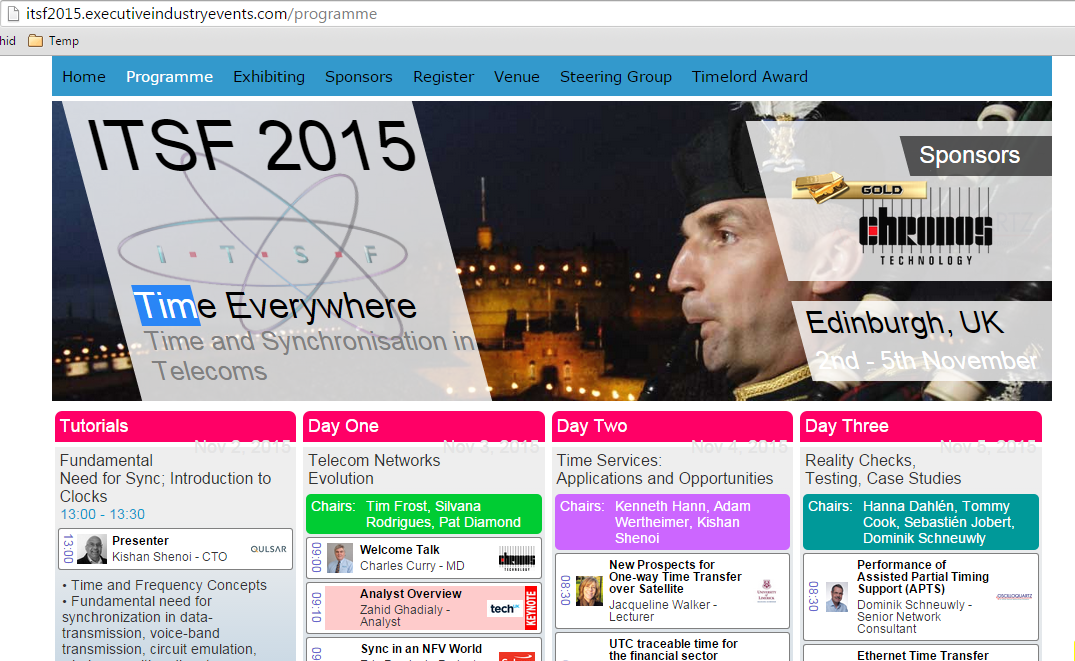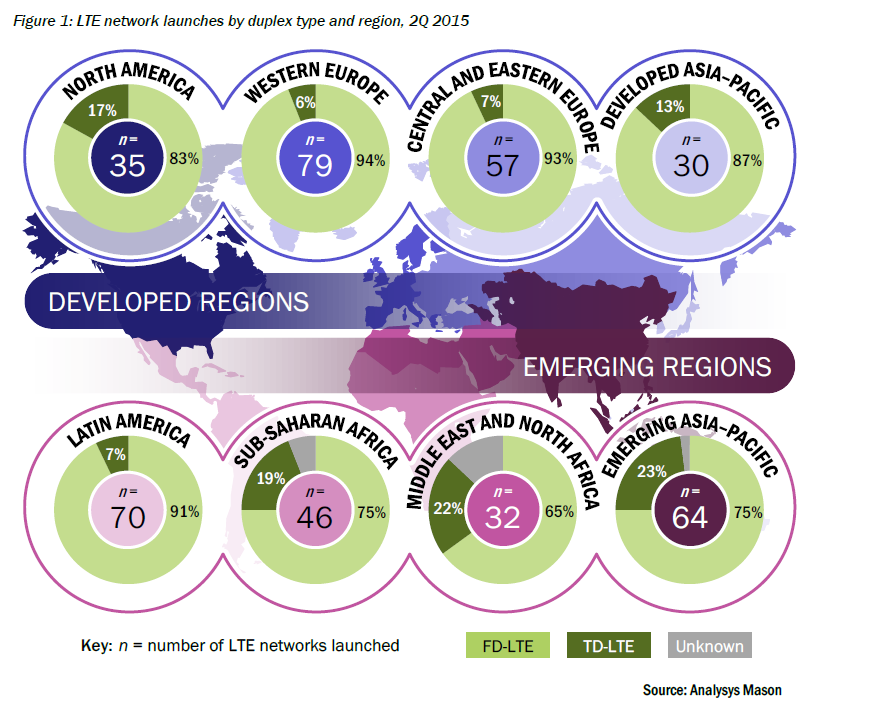3GPP held a 5G Workshop in Phoenix last week. 550 delegates and over 70 presentations contributed to the discussion, which covered the full range of requirements that will feed TSG RAN work items for the next five years. I will eventually look at all the presentations and highlight the ones that I find interesting as a part of this blog. Due to the vast number of presentations, I will split them into a few blog posts.
Lets start with the chairman summary. The chair highlighted three high level use cases that 5G needs to address (This has been highlighted in many presentations, see here for example):
Here is the chair summary of the workshop:
The presentation (RWS-150002) from Motorola/Lenovo highlighted the need to handle different spectrum. For sub-6GHz, the existing air interface could work with slight modifications. For spectrum between 6GHz and 30GHz, again a similar air interface like 4G may be good enough but for above 30GHz, there is a need for new one die to phase noise.
The presentation by CATT or China Academy of Telecommunication Technology (RWS-150003) is quite interesting and is embedded below. They also propose Pattern Division Multiple Access (PDMA).
Orange (RWS-150004) has definitely put a thought into what good 5G would be. Their presentation is embedded below too:
The presentation from Huawei (RWS-150006) introduced the concept of Unified Air Interface, UAI.


They presentation also explains the concept of Adaptive Frame structures and RAN slicing very well. For those who may be wondering, uMTC stands for ultra-reliable MTC and mMTC stands for massive MTC. RAN slicing enables the RAN to be partitioned such that a certain amount of carriers are always dedicated to a certain services independently of other services. This ensures that the service in the slice is always served reliably.
The final presentation is the vision and priorities by 5GPPP as follows:
Lets start with the chairman summary. The chair highlighted three high level use cases that 5G needs to address (This has been highlighted in many presentations, see here for example):
- Enhanced Mobile Broadbandare
- Massive Machine Type Communications
- Ultra-reliable and Low Latency Communications
Here is the chair summary of the workshop:
The presentation (RWS-150002) from Motorola/Lenovo highlighted the need to handle different spectrum. For sub-6GHz, the existing air interface could work with slight modifications. For spectrum between 6GHz and 30GHz, again a similar air interface like 4G may be good enough but for above 30GHz, there is a need for new one die to phase noise.
The presentation by CATT or China Academy of Telecommunication Technology (RWS-150003) is quite interesting and is embedded below. They also propose Pattern Division Multiple Access (PDMA).
Orange (RWS-150004) has definitely put a thought into what good 5G would be. Their presentation is embedded below too:
The presentation from Huawei (RWS-150006) introduced the concept of Unified Air Interface, UAI.
They presentation also explains the concept of Adaptive Frame structures and RAN slicing very well. For those who may be wondering, uMTC stands for ultra-reliable MTC and mMTC stands for massive MTC. RAN slicing enables the RAN to be partitioned such that a certain amount of carriers are always dedicated to a certain services independently of other services. This ensures that the service in the slice is always served reliably.
The final presentation is the vision and priorities by 5GPPP as follows:

















